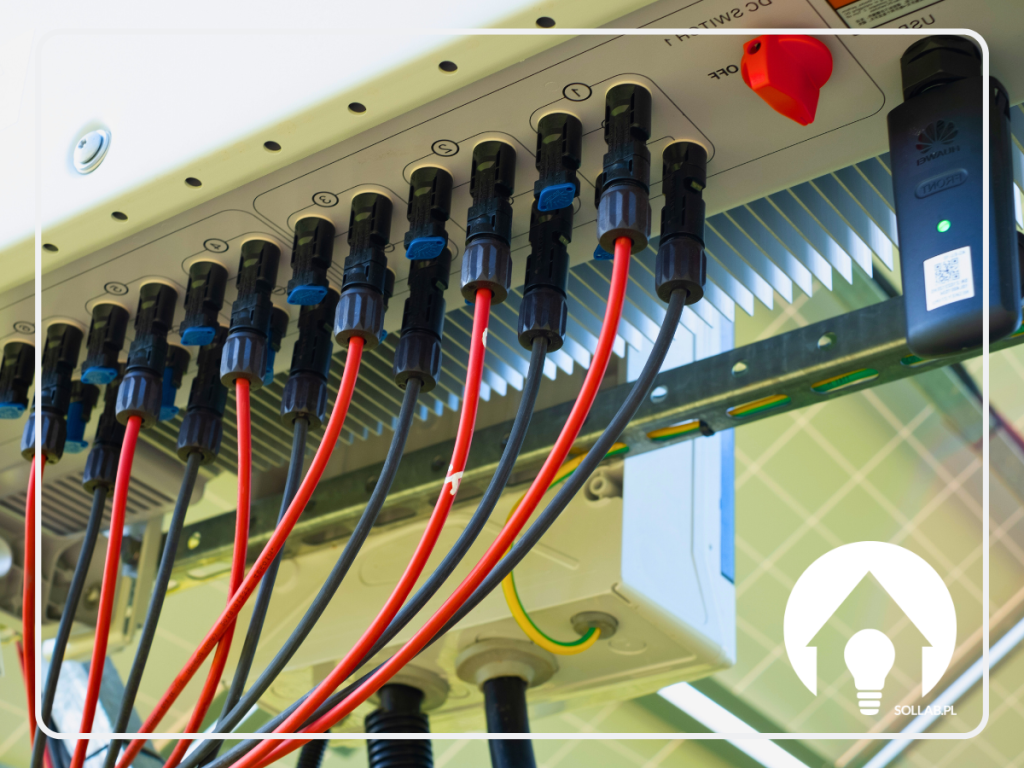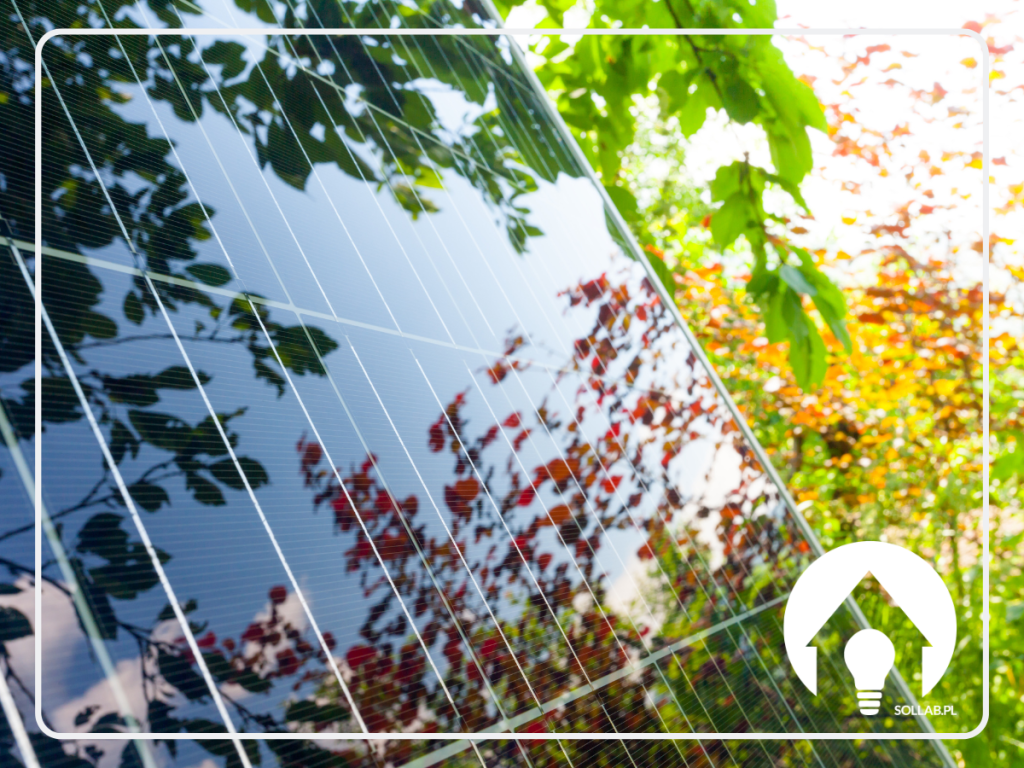How to avoid an induction loop in a photovoltaic installation?
Photovoltaic installations are growing in popularity as a source of renewable energy every year. It is important to remember that, like any advanced technology, they require appropriate knowledge and precision in installation to ensure maximum efficiency and safety. One potential problem that can occur with such systems is the formation of an induction loop. In this article, we will discuss what an induction loop is and how it can be avoided when installing photovoltaic systems.
What is an induction loop?
It is a phenomenon in which current flowing through an electrical conductor creates a magnetic field, and this field in turn can induce a voltage in the same or another conductor if they are properly spaced with respect to each other. In short, when two or more conductors lie close together, they form a loop through which current flows. This configuration can lead to the induction of unwanted voltages in other parts of the system, which can cause interference with electrical and electronic equipment.
How to Avoid the Inducement Loop?
An inductive loop in a photovoltaic installation can arise when wires are laid close together in such a way that they form a loop. The current flowing through these wires generates a magnetic field that can induce voltage in other parts of the circuit. To prevent this from happening, the routing of wires must be carefully planned. The key is to avoid creating large loops and to lay cables in parallel wherever possible.
Using shielded cables is another way to reduce the risk of electromagnetic induction. These cables have a special protective layer that acts as a shield, protecting the cables from external magnetic fields. This is particularly important for signal cables, which can be sensitive to this type of interference.
Another important aspect is to minimise cable lengths. Longer cables have a greater tendency to create inductive loops, so it is worth trying to keep them as short as possible.
The physical separation of power and signal cables is another good practice. Cables carrying high currents can easily induce voltage in signal cables, so separating them can significantly reduce the risk of interference.
Once the photovoltaic system is installed, regular inspection and maintenance can help to identify and resolve loop problems.
Introduction of Appropriate Precautionary Measures
The application of the above practices can significantly reduce the risk of induction loops in photovoltaic installations. This is important not only to ensure the efficiency of the system, but also for the safety and security of the equipment. While it may seem complicated, proper preparation and adherence to the recommendations can make the process much simpler and safer.
















